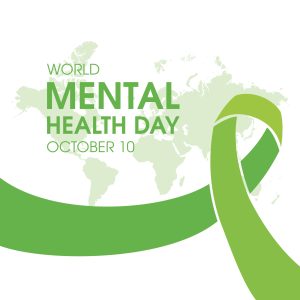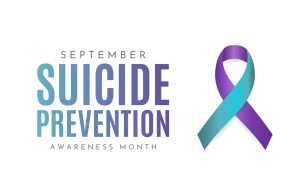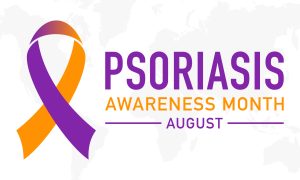 During Parkinson’s Awareness Month, healthcare organizations work to raise awareness about Parkinson’s disease, including symptoms, warning signs, and all current resources available to improve the quality of life experienced by people living with this condition.
During Parkinson’s Awareness Month, healthcare organizations work to raise awareness about Parkinson’s disease, including symptoms, warning signs, and all current resources available to improve the quality of life experienced by people living with this condition.
Parkinson’s is a progressive disease of the nervous system that causes tremors and muscular rigidity; this, in turn, leads to slow and imprecise body movements. The disease is caused by the degeneration of the basal ganglia of the brain and a deficiency of the neurotransmitter dopamine, which controls many of the body’s movements. Parkinson’s mostly affects people who are middle-aged or elderly.
Not all symptoms of Parkinson’s disease appear immediately; some people can live with the disease for years or decades before non-motor symptoms begin to appear. Some specific signs and symptoms of Parkinson’s include:
- Tremor: A tremor, or shaking, usually begins in a limb, often your hand or fingers.
- Slowed movement: Over time, Parkinson’s disease may reduce your ability to move, making simple tasks difficult and time-consuming.
- Rigid muscles: Muscle stiffness can occur in any part of your body. The stiff muscles can limit your range of motion and cause pain.
- Impaired posture and balance: Your posture may become stooped, or you may have balance problems.
- Loss of automatic movements: Parkinson’s disease can lead to a decreased ability to perform unconscious movements, including blinking, smiling, or swinging your arms when you walk.
- Speech changes: You may speak softly or quickly, slur, or hesitate before talking. Your speech may be more monotone, rather than having normal inflections.
- Writing changes: It may become hard to write and/or your writing may appear small.
Some symptoms, such as tremors, can be managed through certain medications. These medications can act as a substitute for dopamine, sending signals to your brain that function similarly to this neurotransmitter. Although these medications can become less effective over time, some patients experience significant improvement in their symptoms as a result of treatment.
Parkinson’s disease can be frightening and challenging to live with, but there are treatment options available to help you engage in your normal daily activities more easily. To learn more or to schedule an appointment with a neurologist, please call Flushing Hospital Medical Center’s Ambulatory Care Center at (718) 670-5486.
All content of this newsletter is intended for general information purposes only and is not intended or implied to be a substitute for professional medical advice, diagnosis or treatment. Please consult a medical professional before adopting any of the suggestions on this page. You must never disregard professional medical advice or delay seeking medical treatment based upon any content of this newsletter. PROMPTLY CONSULT YOUR PHYSICIAN OR CALL 911 IF YOU BELIEVE YOU HAVE A MEDICAL EMERGENCY.









